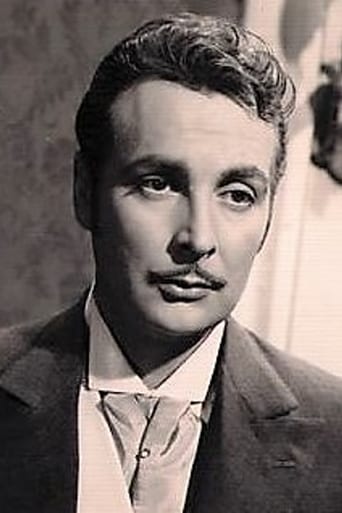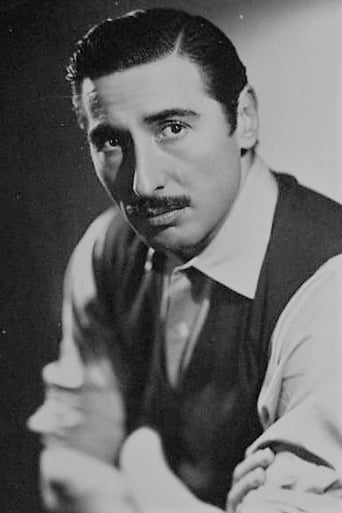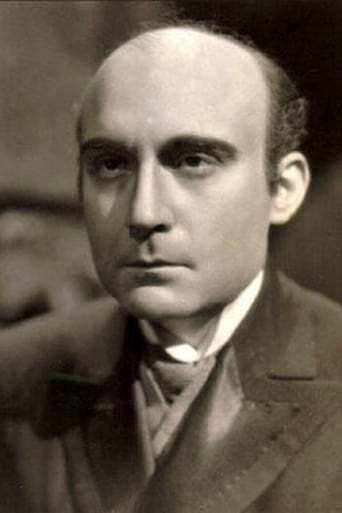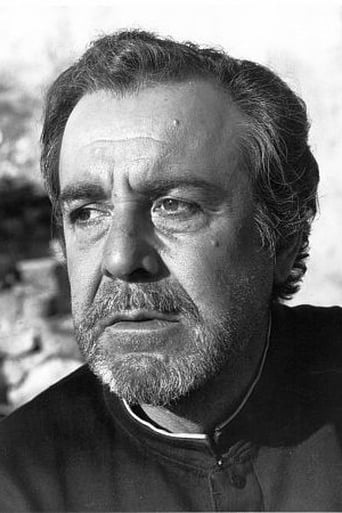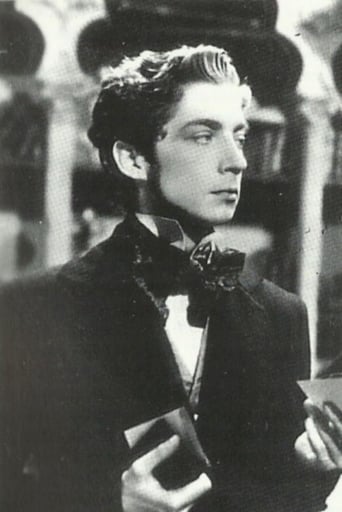ma-cortes
This successful ¨Los Ultimos De Filipinas¨is set during the time of the Spanish-American War , 1898 , at a place located on the eastern coast of Luzon, is some 225 kilometers distant from the Philippine capital city of Manila . There is a Spanish detachment in Baler , in the Philippines, it was garrisoned by a fifty-man detachment of the 2nd Expeditionary Battalion "Cazadores" of Philippines , under Captain Enrique Morenas y Fossí (José Nieto) , as the Principe district political-military governor , along with lieutenant Martin Cerezo (Armando Calvo) and Doctor Vigil (Guillermo Marin) . Commandant Morenas realizes that the native people of his district are planning an insurrection . He orders his troops to entrench in the village church and being strongly stranded . On June 1, 1898 , Morenas began work to dig a well , stock food supplies and ammunition and to fortify the church compound of San Luís De Tolosa in Baler's town square against a possible attack . The church was the only stone building in the area , it was besieged by the Tágalos rebels . During their stay , which is prolonged for nearly a year , there are several incidents ; suffering enemy bullets , starvation and illness , such as beriberi , dysentery , and fevers which demonstrate sacrifice and braveness of the Spanish military . At the end took place a peace treaty (Paris) between Spain and USA .The jingoist flick attempts to glorify and praise the tenacity and heroism of the Spanish people , showing their bravura and comradeship . A well pace movie with nice narrating structure taken from famous American warlike films , being professionally made . The cast is pretty good , such as José Nieto as supreme commandant , Armando Calvo as stubborn lieutenant , Guillermo Marín as a good doctor , Conrado San Martin as a valiant soldier , Tony Leblanc as a brave courier and Fernando Rey who falls in love for a beautiful Tágala woman : Nani Fernandez , who sings the famous song ¨Yo Té diré¨ by maestro composer Halpern . Besides , the relief comical with touches of simple humor by excellent comedian Manolo Morán . This is the best of 40's productions exalting the Spanish heroism , such as ¨Escuadrilla¨, ¨Harka¨, ¨El Santuario No Se Rinde¨, ¨Raza¨ and ¨ The siege of Alcázar¨ . This ¨Propaganda¨ motion picture was well directed by Antonio Román , an uneven filmmaker at his best . Here Antonio Román surprises us with a historical film plenty of feats , adventures and heroic deeds . Román was Spain's most celebrated filmmaker , wrote a lot of of movies and directed a few short documentaries and went on to become one of the managers of the Cooperativa Cinematográfica Castilla . His film debut was a documentary , ¨La Ciudad Encantada¨. And subsequently his first full length film was 1941's "Escuadrilla" (Squadron), it was made in collaboration with Raza's José Luis Sáenz De Heredia . Later on , he directed various dated historical dramas as the biographic ¨Lola Montes¨ , and ¨Lópe De Vega's Fuenteovejuna¨ . And notorious adaptations : ¨Shakespeare's Fierecilla Domada¨,¨ Buero Vallejo's Madrugada¨, ¨Angel Maria Lera's Clarines Del Miedo¨. Furthermore , several dramas as ¨Pacto De Silencio¨ , ¨La Vida Encadenada¨ and ¨Intriga¨. And he made some Folkloric films . Soon after , he went on writing reviews and directing films throughout the '60s and into the 70s , although his output slowed . In 1970, he was fired from the set of "Ringo Del Nebraska", after having filmed less than 10%, because the producer did not like his slow and meticulous pace. He was replaced by Mario Bava, his friend and protégé , in fact Román wrote "Planet of the Vampires". Out of respect for Román, Bava refused to accept credit on the film.The historic facts are : The siege took place for 11 months, or 337 days. On June 1, 1898, Morenas began the impregnable defense . On the night of the 30th , 800 Filipino troops attacked, and the garrison fell back to the church. The town priest, Candido Gómez Carreño, also quartered himself in the church. The first few days of the siege saw several attempts by the Filipinos to get the Spanish to surrender by leaving letters, while they surrounded the church with trenches. On July 8 the Revolutionary Commander, offered a suspension of hostilities until nightfall, which was accepted.On July 18, Calixto Villacorta took command of the Filipinos . He also sent a warning letter, which was rebuffed. The Spanish had to endure confinement in a small, hot, humid space. As the siege progressed, their food supply began to diminish through usage and spoilage. Enemy rifle fire did cause casualties but diseases did more damage. The first Spaniard to die was Gómez Carreño.In September, Lt. Alonso, and then in November, Captain Las Morenas succumbed to beriberi. Command fell to Lt. Saturnino Martín Cerezo when Las Morenas died in December. More than once the Spanish made forays to burn nearby houses to deprive the Filipinos of much needed cover.The Filipinos attempted to smoke them out by setting fires beside the church wall but this was repulsed and their timber captured. Of the fifty men who entered the church, around thirty survived the 11-month siege. Fourteen men died from disease. Only two men died from wounds. There were four deserters from the garrison. Two men were imprisoned for helping in the desertion of another , and executed on orders of Martin Cerezo on June 1, 1899, the day before the surrender . The battle is considered part of the Spanish–American War since the Filipinos were allied with the United States at the outset. That war ended in December 1898 with Spain's surrender and annexation of the Philippines to the United States. However, cut off from communications with their own government and military, the Spanish forces continued their defense against the Filipino forces until 1899.
islandsharp
A quite decent war movie that portrays the twilight of the Spanish Empire, which after 400 comes to an end with defeats in Cuba, Puerto Rico, Philipines, Guam, Palau, Marianas at the hands of this new emerging power called United States of America.Shot on a decent budget given the circumstances of the time(Postwar Spain, international economic blockade...), brings us once again the contrast between the barefoot Spanish soldier, who goes far beyond his duty and politicians in the mother land who abandon him to his own luck as is a constant in recent Spanish History.At the end of the movie the concept of honorable defeat is highlighted, showing as they depart from their quarters, how the rebels allow the Spaniards to keep their Flag and arms.The cast includes some domestic and internationally renown names like Fernando Rey(French connection, Don Quixote...), Manolo Morán, Tony Leblanc, etc... I recommend this film for its uniqueness in showing a time long ago forgotten; a rare piece of Spanish-Asian History.
Ricardo Buzzo
Well, you shouldn't forget this movie was made under Franco's dictatorship, in its deepest years, so it's a very imperialist exaltation movie. OK. But if you can take this consideration apart (which must be difficult, I know) you'll find a powerful piece of cinema, an Spanish classic, with a neat story based on a very dramatic episode of Spanish history. The story of a handful of soldiers who didn't want to be in this war, but had to, and perform a highly heroic and surrealistic defense of a site is told powerfully. Also, is a catalog of the Spanish male actors of those years. Almost archaeological, but interesting.
